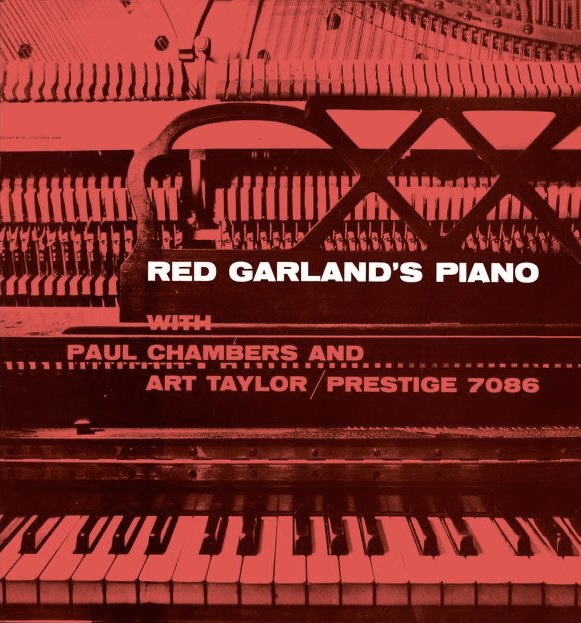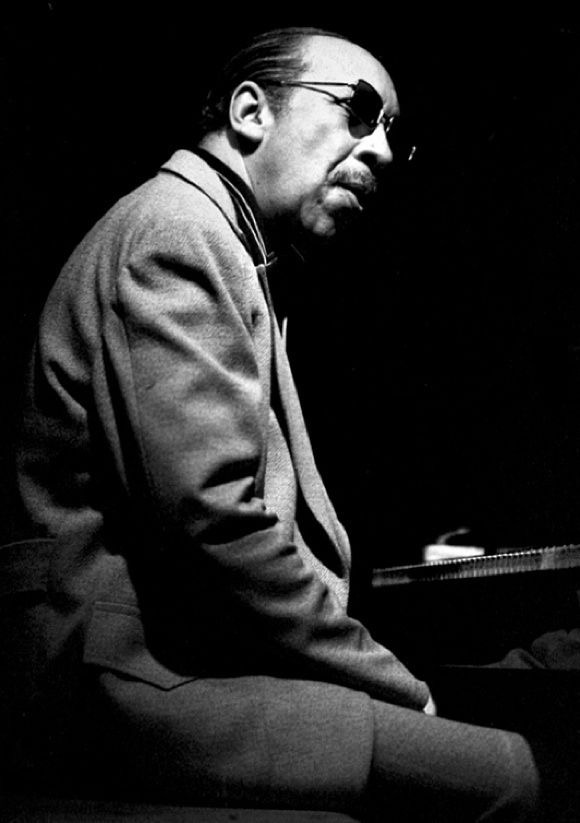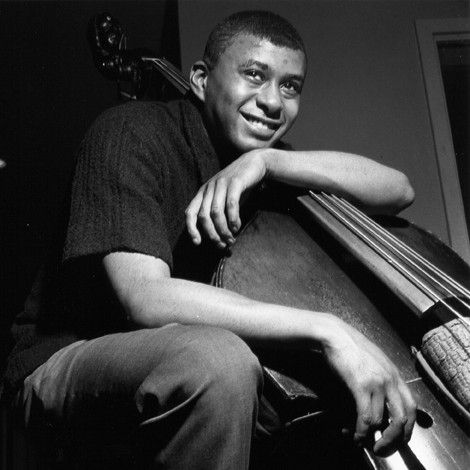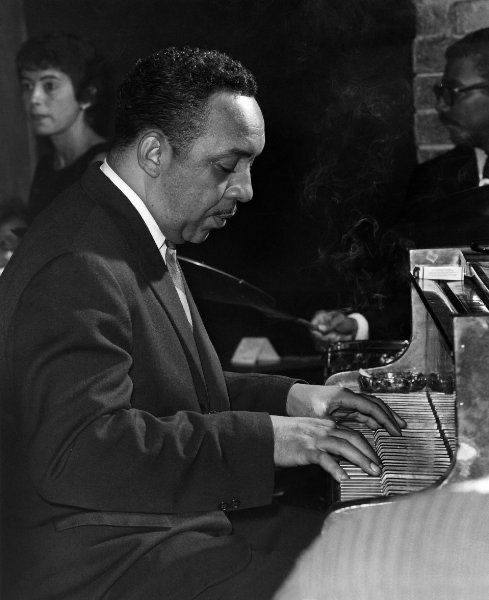Dive into the Power & Passion of ‘Tenor Madness
In the vast panorama of jazz, Sonny Rollins’ “Tenor…
As we stand on the threshold of Red Garland‘s centenary, it’s time to tip our hats and turn our ears to the rich legacy this jazz giant has left us. Red, a name that evokes not just the man, but a whole spectrum of sound, a complete philosophy of jazz.

“Red Garland’s Piano,” is the album that we’ll be exploring today. It’s a declaration of independence, a testament of a man talking to the world through his instrument. The cover, simple and elegant, captures the essence of Garland’s art. It’s all about the music. The track list unfolds like a well-curated museum tour, each song a masterpiece, a room filled with auditory delights.
The album was born in the early twilight of 1957, the child of two recording sessions, one in March, another in December of the previous year. Rudy Van Gelder’s Hackensack, NJ studio was the midwife, Prestige the proud parent. A record label that, like a seasoned A&R man, knew talent when it heard it.

Red Garland, the maestro himself, was not new to the limelight. With a career punctuated by stints with the likes of Charlie Parker and Miles Davis, Red was a seasoned pro. His deft touch and innovative voicings brought a fresh perspective to the piano. By the time he sat to record this album, Red was ready to take the wheel and steer his own musical course.
Paul Chambers, the man on the bass, brought a certain gravitas to the trio. Before joining Garland, Chambers had already left his indelible mark with the Jazz Messengers and Miles Davis. His bass lines, a study in rhythmic and harmonic sophistication, provide a firm foundation for Garland’s melodic explorations.

Art Taylor on the drums, was the heartbeat of the trio. Having played with giants like Thelonious Monk and John Coltrane, Taylor knew how to make his presence felt. His tasteful and dynamic drumming on this album provides the rhythmic backbone, the pulse that keeps the music alive.

“Please Send Me Someone to Love,” the album’s opener, is my personal favorite. Garland’s chords, like a seasoned storyteller, weave a tale of longing, of yearning. Chambers’ bass line, the sturdy oarsman, keeps time, while Taylor’s brushes whisper like wind through the reeds.
“Stompin’ at the Savoy” is a trip down memory lane. Garland’s sunny disposition illuminates the track, Chambers’ arco solo a spotlight that brings warmth and depth. Taylor, ever the subtle craftsman, opts for brushes, adding texture and nuance.
“The Very Thought of You,” a ballad that showcases Garland’s delicate touch. His solo, a poet’s soliloquy, speaks volumes about love and loss. Chambers and Taylor provide the perfect counterpoint, their notes and beats the unspoken words that complete the conversation.

“If I Were a Bell” is a piece borrowed from the Davis book, a nod to Red’s past. Garland’s rendition, slower and more contemplative than Davis’, is a study in contrast. It’s a reminder that the same notes can tell different stories when played by different hands.
The musical style of the album is a well-cooked stew of bop and blues with a hint of the avant-garde. It’s a masterclass in how to walk the fine line between tradition and innovation. The themes? Love, longing, joy, the very stuff of life.
Upon release, the album was hailed as a modern classic. It was a breath of fresh air in the jazz world, a testament to the creative powers of three extraordinary musicians. It was proof that Garland was not just a sideman, but a leader in his own right. The trio’s nuanced approach to classics, their exploration of melody, harmony, and rhythm, became a beacon for other musicians.
Today, “Red Garland’s Piano” continues to be revered. Its elegant simplicity, the pure expression of emotion through music, resonates with audiences and musicians alike. It’s not just an album; it’s a masterclass in jazz piano, a textbook for trios, a touchstone for any serious student of the art.
Its relevance in the current musical landscape is undeniable. Artists like Robert Glasper and Aaron Parks have cited Garland as an influence, his style reflected in their own explorations of jazz piano. Even beyond the realm of jazz, Garland’s innovative approach has left its mark, inspiring artists across genres.
As we conclude this auditory journey, let’s take a moment to appreciate the genius of Red Garland. “Red Garland’s Piano” is not just an album, it’s a piece of history, a testament to a master of his craft. It’s an invitation to sit back, listen, and let the music speak.
And as we look forward to Red Garland’s 100th birthday this Saturday, let’s remember the man, the music, and the indelible mark he left on the world of jazz. His legacy lives on in every note of “Red Garland’s Piano,” and in the hearts of those who continue to enjoy his music. Here’s to Red, a true giant of jazz.